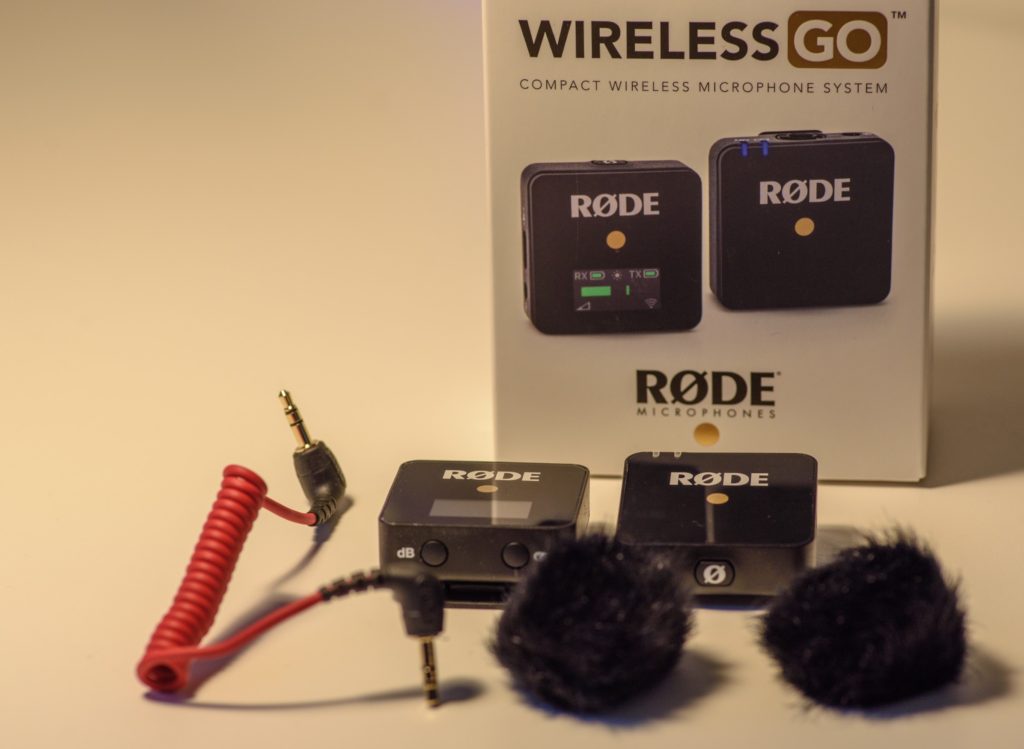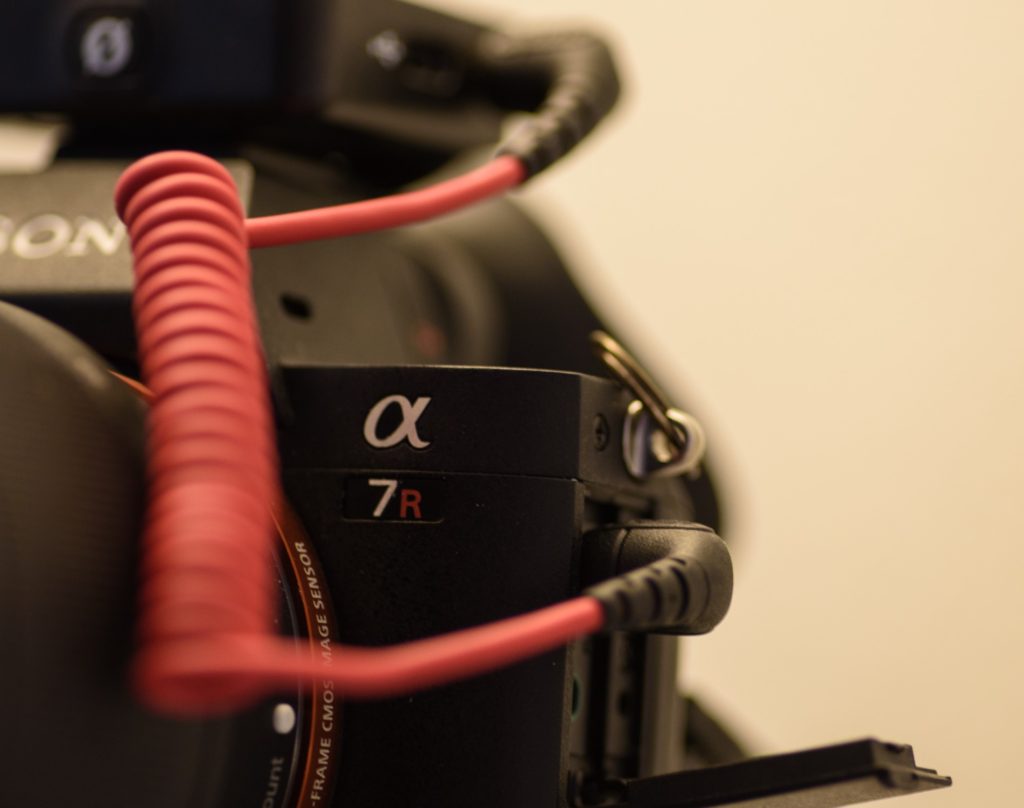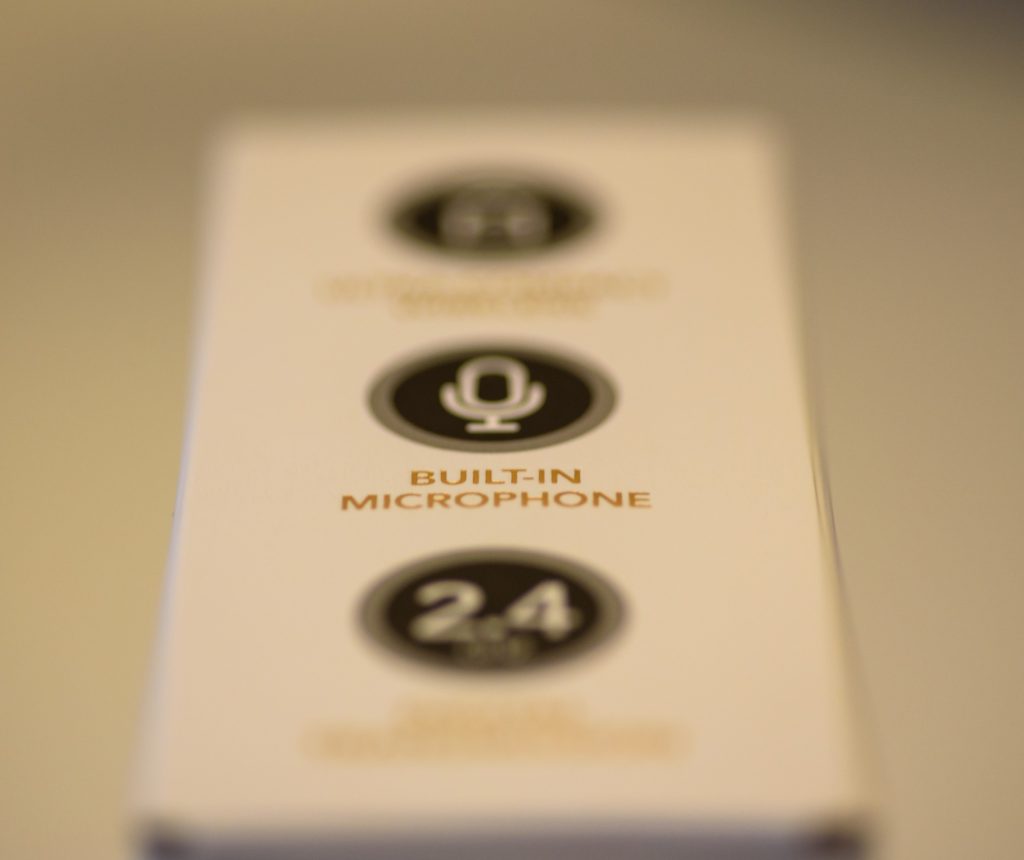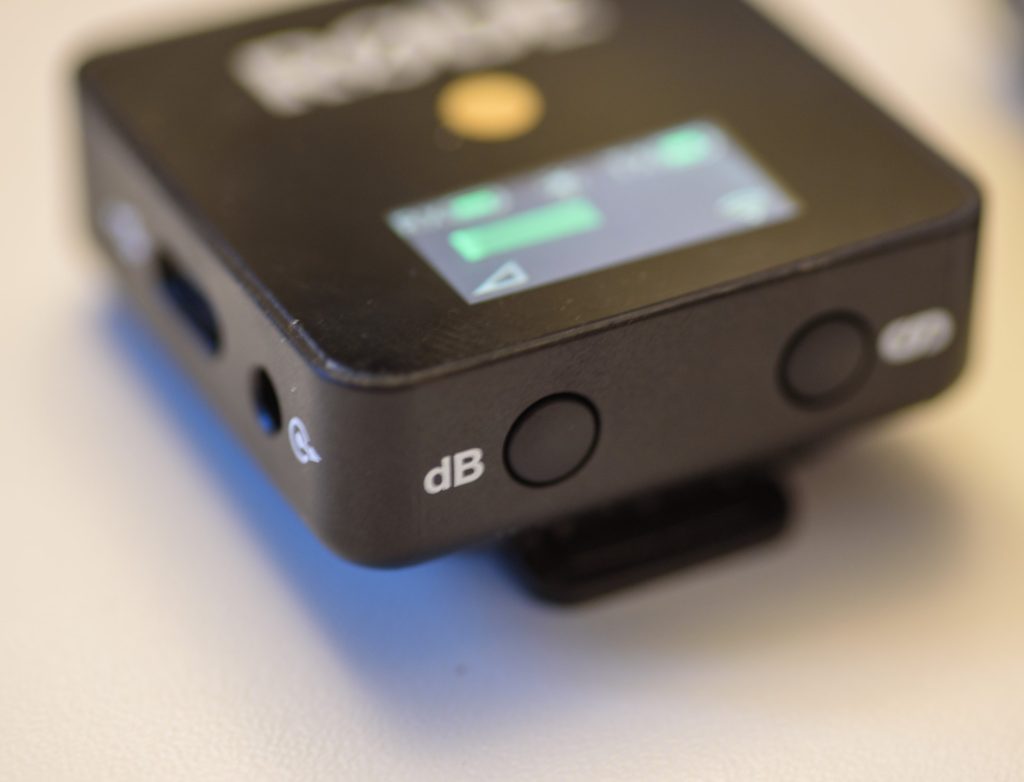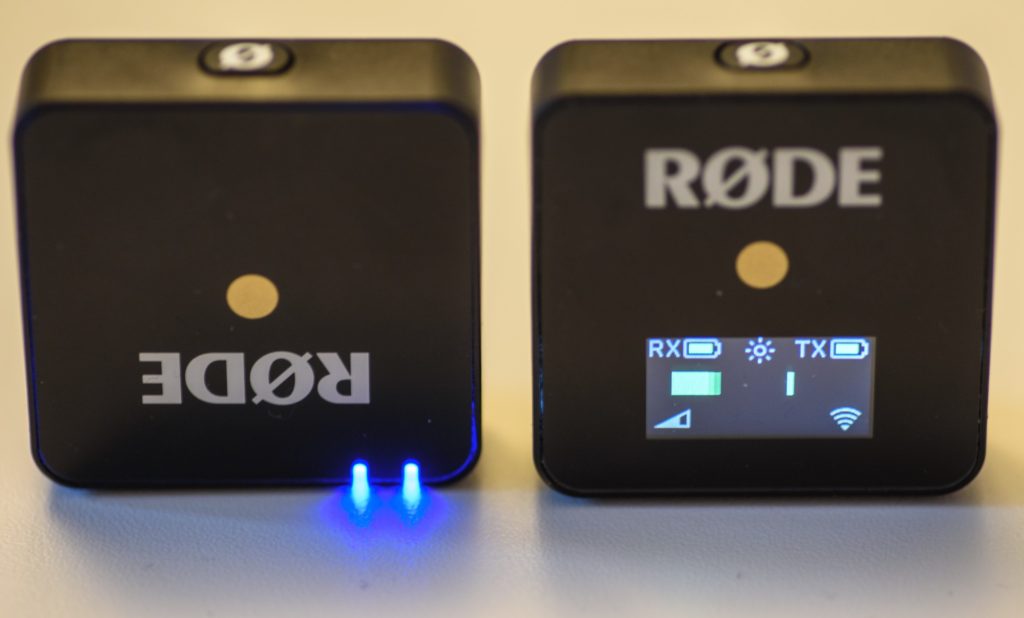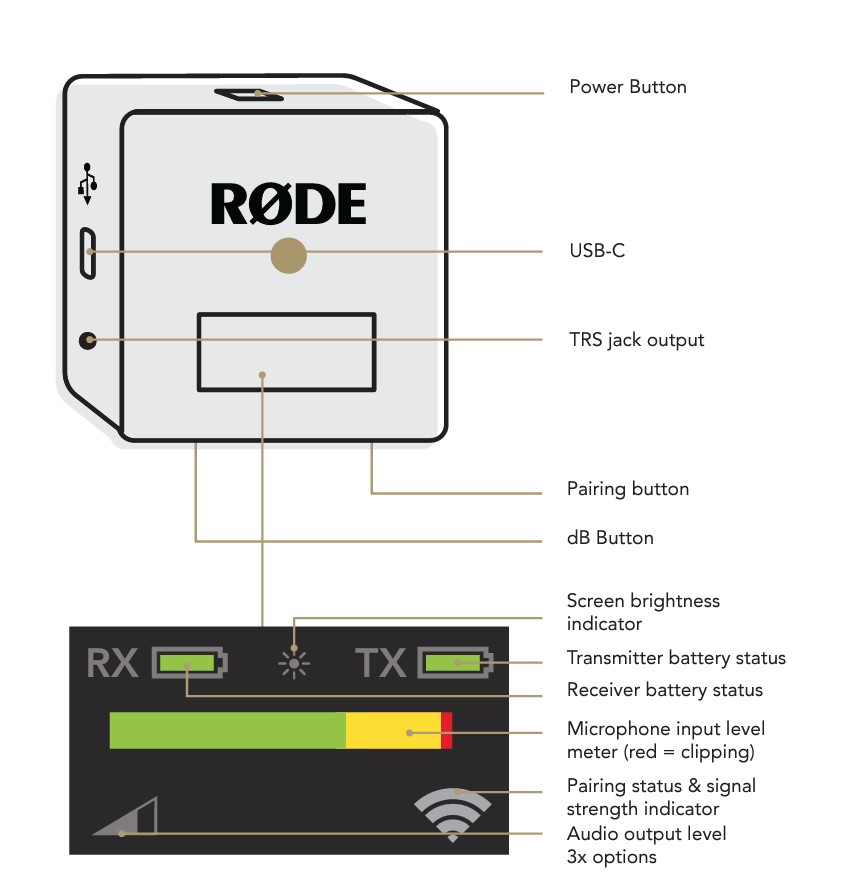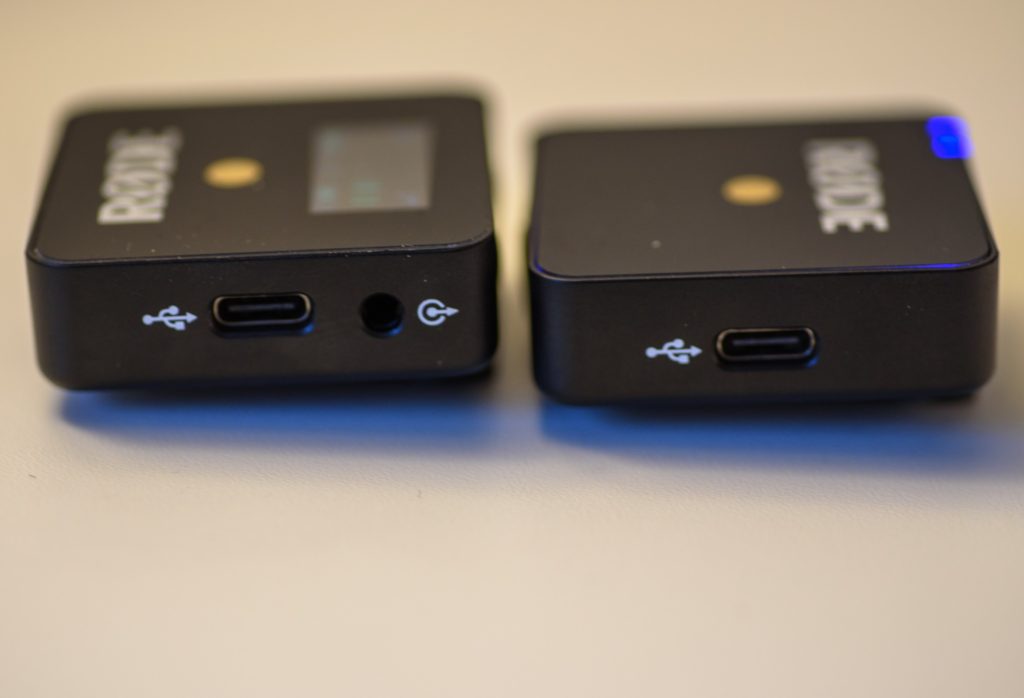Sounds like an improvement
China based Synco kindly sent me a copy of their product P1L, a wireless microphone to be used with the Apple iPhone. It comes in other variants than this one, but as I have an iPhone 12, this is the version that I asked to have sent for review.
The price on B&H is 89 USD (April 2022), but be aware that taxes and transport costs may apply if you buy online, so make sure to check this before you buy.
If you don’t know why you should be interested in a product like this when you are producing videos, the answer is simple: sound is super important if you want people to watch your videos. It may sound counter intuitive, but the sound is more important than the visuals. If you don’t believe me, try watching an interview on CNN or the like where they are interviewing someone far away with poor sound – I bet that you will have trouble maintaining focus on what is being said. Good sound is vital.
And another point – good sound is often equal to almost no distance between microphone and sound source. The more distance – the more difficult it is to produce great sound. And this is why it makes a lot of sense to have a wireless transmission from your microphone to the receiver, so you can get the microphone as close to your mouth (or the sound source) as possible.
Light and simple
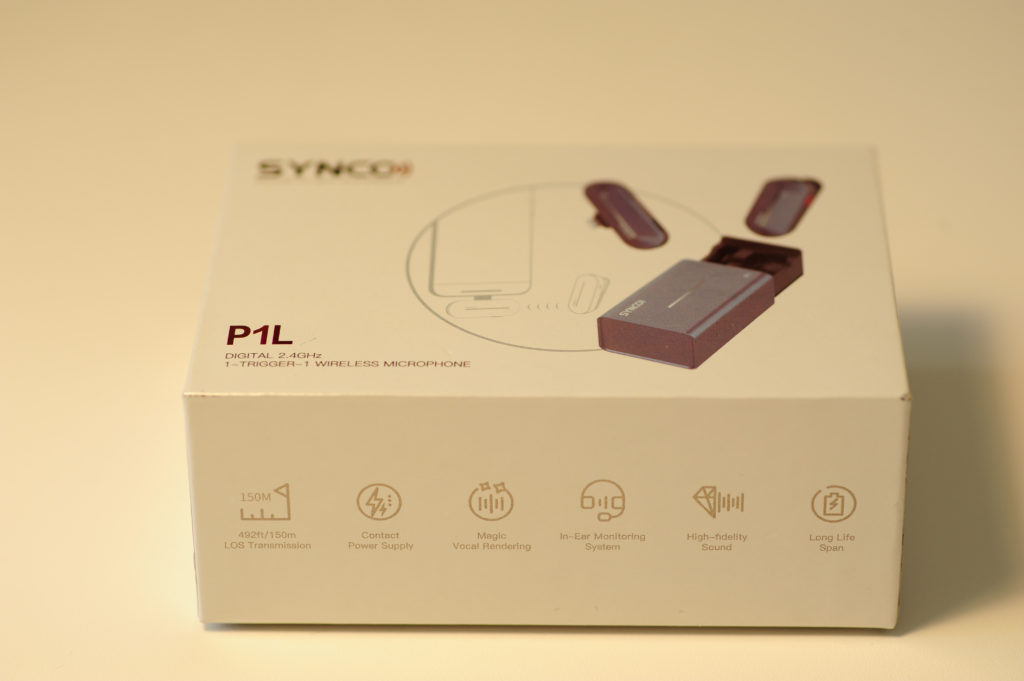
The microphone comes in a small box wrapped in thin plastic, so you know you are the first one to touch the product since it left the factory.
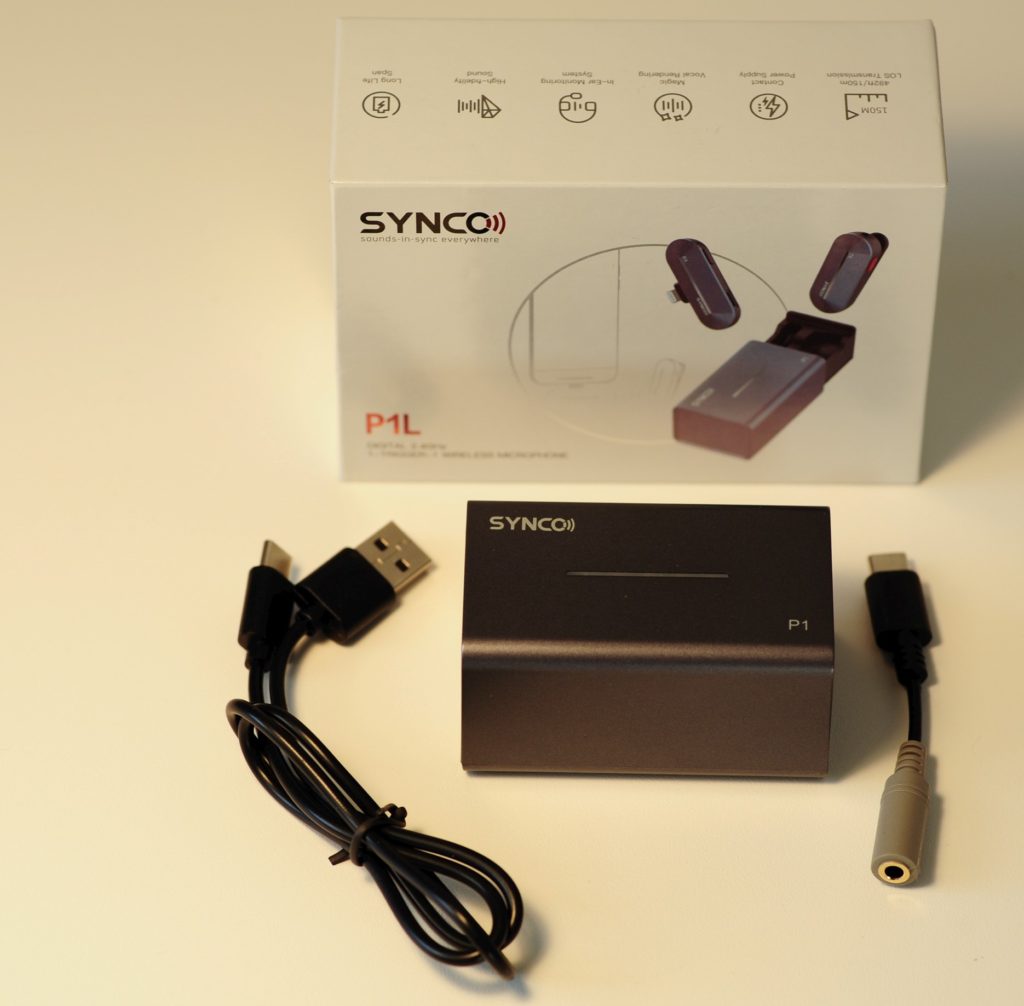
In the box you will find a USB to USB-C cable, a small cable to hook up a headphone to the receiving side and a power bank that both holds and charges the sender and the receiver.
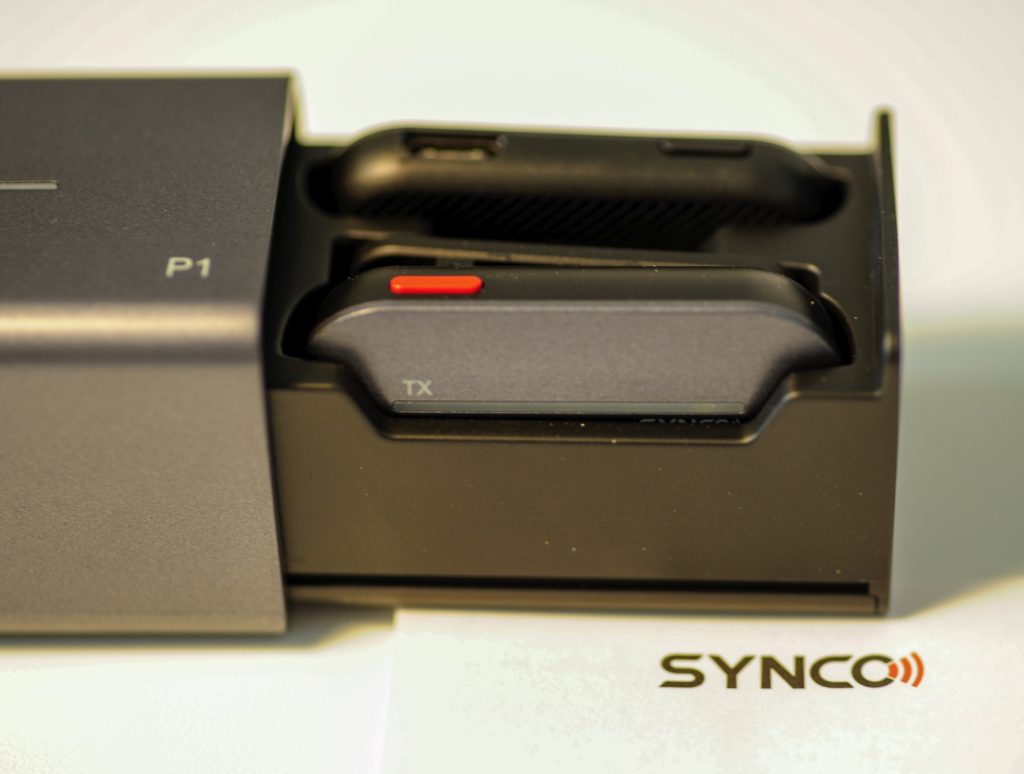
When you open the power bank, you will find the sender (tx) and the receiver (rx) sitting in the drawer.
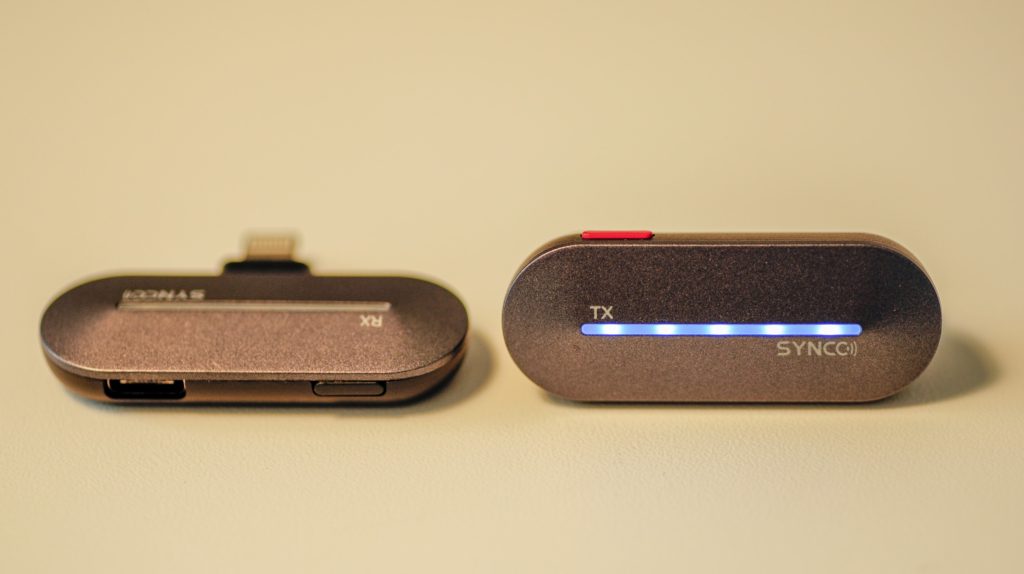
When you take the transmitter (tx) out of the cradle, it will automatically start up. The receiver (rx, to the left above) switches on as soon as it is inserted into your iPhone. The two combined, i.e. as shown in the picture above, is only 17 grams in total! This must be the lightest sound option out there available!
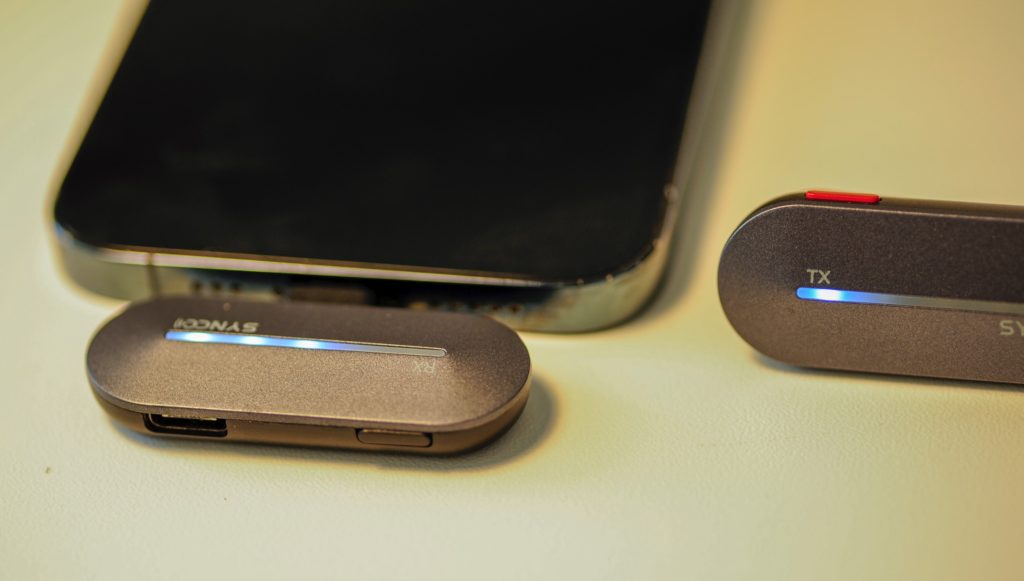
Above the receiver is inserted to the bottom of the iPhone. It is very important that the connectors on the iPhone a free from dust and dirt, as the receiver obviously needs good connection to the iPhone to work properly. The sender and receiver are paired from the factory side, and will connect super fast and show that they are connected by switching on the LEDs on both tx and rx in a “rolling” manner. If there is no connection, the LEDs will switch on and off at the same time, so you get a blinking bar instead of a rolling one.
All this worked out of the box and I had not problems making this work. There is no need for installing an app on the iPhone or the like.
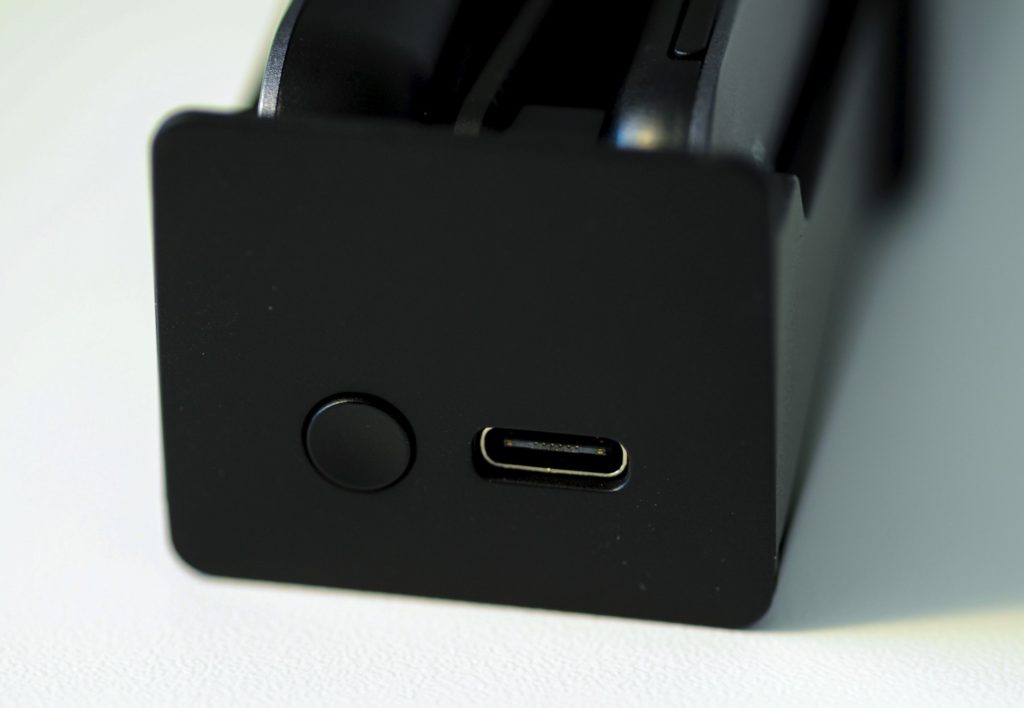
If it does not work and you need the tx and rx to re-connect, simply put both of them in the cradle, close it and hold the button at the end of the power bank in for 3 seconds and more, and the re-connection is made in a matter of seconds. You can see the button to push for 3 seconds above, along with the USB-C connection to charge the power bank.
Charging the tx and rx? Happens automatically when you put them in position in the power bank.

The microphone comes with a little spring laden clip that allow you to attach it easily to your clothing. In the image above I have attached it to my iPhone just to illustrate how it works. The microphone sits on top of the sender, i.e. to the rightmost above.
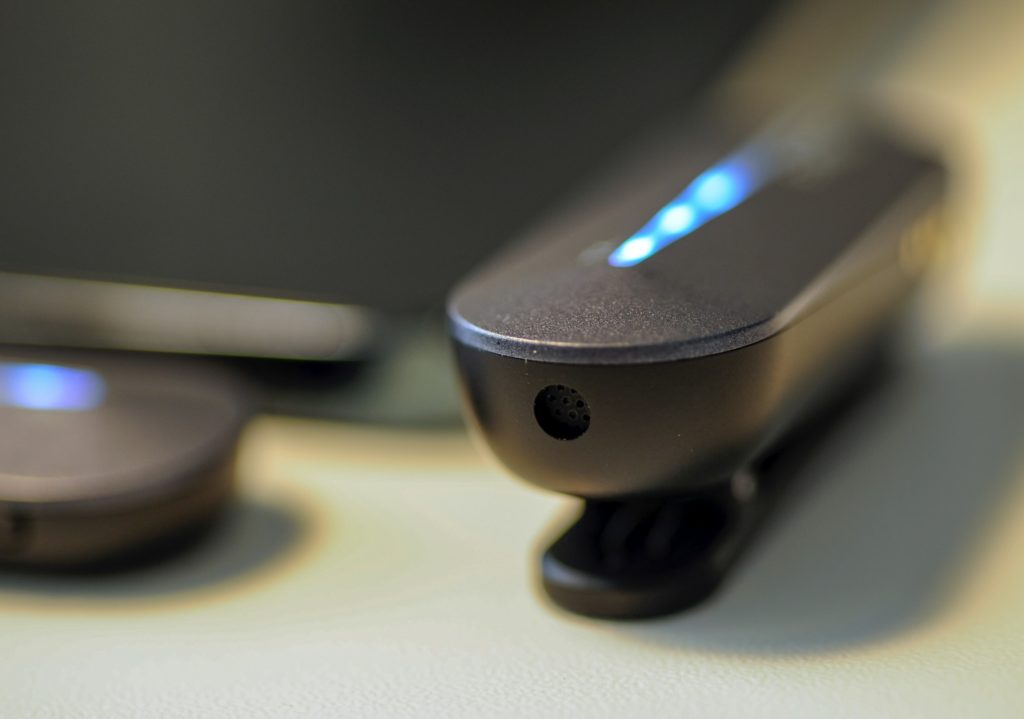
Above you see the transmitter with the hole into the microphone closest to the camera. The clip to attach it to clothing is now at the bottom of the image.
Once you have put the receiver into the iPhone and attached the sender to your clothing – you now have an operational wireless microphone! There is no option for adjusting the sound level, so you will have to do so in post processing if you desire, but I found that it does a good job selecting a good sound level, as long as there is around 15-20 centimeters between the microphone and your mouth.
The sound is really good and pleasing. You can hear very clearly what is being said and I like the result. I did however find that when on the beach or other windy places, I missed the option to mount a “dead cat” to reduce wind noise. Also, it would have been good if there had been a connector to allow me to use an alternative microphone, so I just used the sender/receiver setup, but maybe this is not a fair request for a product at this price point.
Synco promises up to 5 hours of operating time with the microphone on – I must admit that I have not tested this part, as it is much more than what I need. This also applies to the reach – Synco promises that the setup will work with 150 meters (!) between microphone and receiver if line of sight, and 50 meters otherwise. I have tested it and found that it delivers to promise. Just like with the battery, this is MUCH more than I will ever need.
There is an option to listen in to your own recording while recording and that is what the small adapter is for. However, it gives a cabled connection to the receiving side, and hence the whole point with the wireless setup is lost. I think this option is only relevant for studio usage.
Finally I have not tested the voice effect. I think it is a bit of a gimmick for a serious product, so I have simply ignored this feature. I prefer to do my post processing of sound in Premiere Pro and the like, and hence have no need for this feature.
Conclusion
Below my list of pros and cons. I really like this product for its ease of use, being super light, producing great sound and not breaking the bank. If you use your iPhone for video recording, this product could lift the quality of your sound to a new level. And for such use case, I can recommend this product.
Pros:
- Price / value
- Good sound
- Light solution (17 grams)
- Long reach (150 meters LOS, 50 meters NLOS)
- Easy to use – starts and connects easily
- Charging case included
- USB-C for charging
- Monitoring option (although only for studio use)
Cons:
- No option for mounting noise reduction / dead cat
- No option for using own microphone
- Connection to iPhone seems fragile if dropped accidentally
- Sound effects a bit unnecessary for my usage
More reading
Link to product page












